
Netherlands
An amendment now allows business visitors to conduct business meetings in the Netherlands without a work permit during multiple visits of up to 13 weeks cumulatively in a 52-week period. The prior rule - which allowed a cumulative stay of four weeks in one 13-week period for permissible activities - no longer applies to any business activities in the Netherlands.
This amendment, which effectively allows eligible business visitors to stay up to 13 weeks in one year, is the result of the Dutch government’s effort to promote international trade and to align the law more closely with bilateral international agreements and with the Schengen rules, which limit stays up to 90 days in a 180-day period in the Schengen Area.
Business visitors conducting other work permit-waived activities, such as certain installation and repair activities or receiving training on Dutch equipment/software, are still work permit-exempt for one visit of up to twelve consecutive weeks in a 36-week period.
Background
Prior to January 2014, business visitors could enter multiple times and perform permissible business visitor activities without Dutch work authorization for up to four weeks in a 13-week period. In January 2014, new rules were implemented that implied that only one visit for up to 13 consecutive weeks was allowed within a 52-week period. Since this was not the intent of the change, the authorities reverted to the pre-January rule until the law was amended. Now the law clarifies that multiple visits are allowed.
Business visitors to the Netherlands are generally limited to conducting business meetings in which information is exchanged on behalf of the home employer. Any other activities generally require work authorization.
What This Means for Foreign Nationals
Business visitors conducting business meetings should benefit from the ability to enter the Netherlands multiple times. Business visitors to the Netherlands should abide by the Schengen stay limit as well.
This alert is for informational purposes only. If you have any questions, please do not hesitate to contact the global immigration professional with whom you work at Fragomen or send an email to [email protected].
Explore more at Fragomen
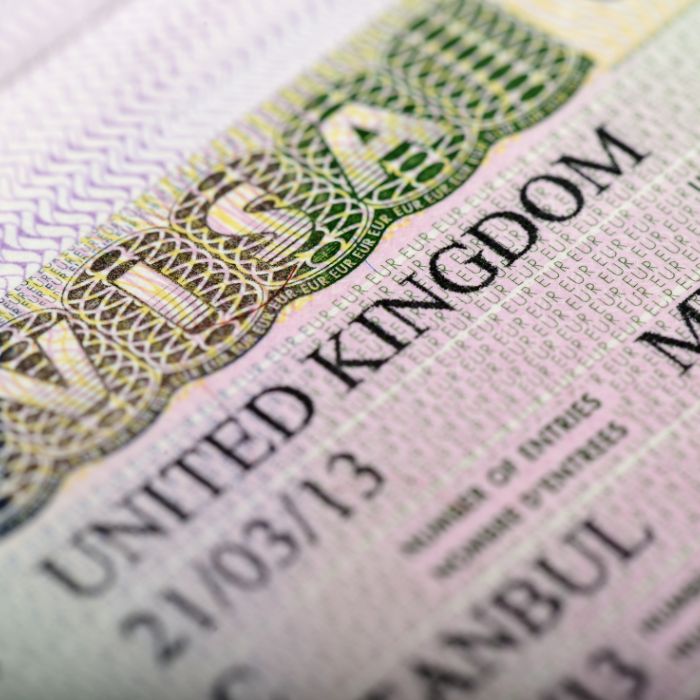
Blog post
The UK expands its High Potential Individual (HPI) visa for 2025, broadening eligibility for global graduates and entrepreneurs while introducing new requirements and application caps

Video
The latest Mobility Minute features Manager Alex Hood discussing recent updates to the UK’s High Potential Individual route, including expanded university eligibility, a new annual cap and modernized governance measures.

Media mentions
Managing Partner for the Middle East and Africa Murtaza Khan discusses how the UAE’s flexible migration policies attract talent and support a competitive labour market.
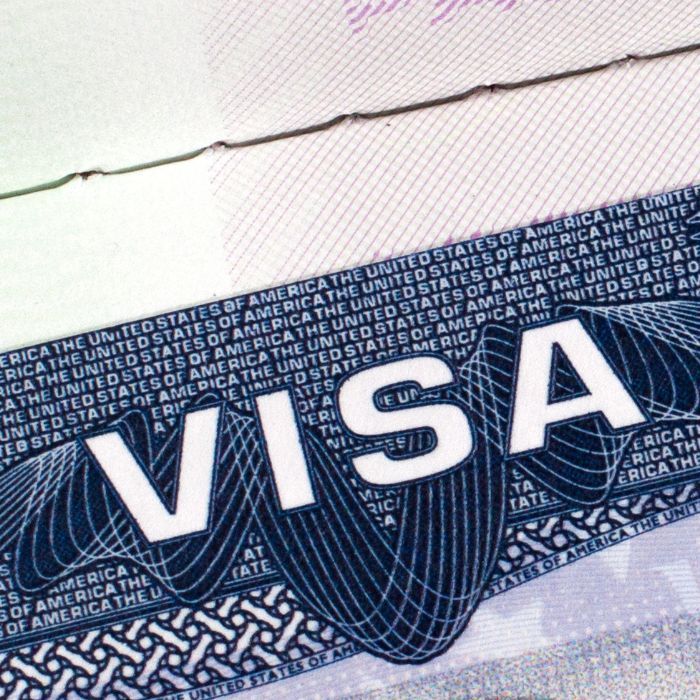
Media mentions
Senior Counsel Mitch Wexler notes that the US expansion of social-media screening to H-1B and H-4 visa applicants will involve a more detailed review of their online activity.
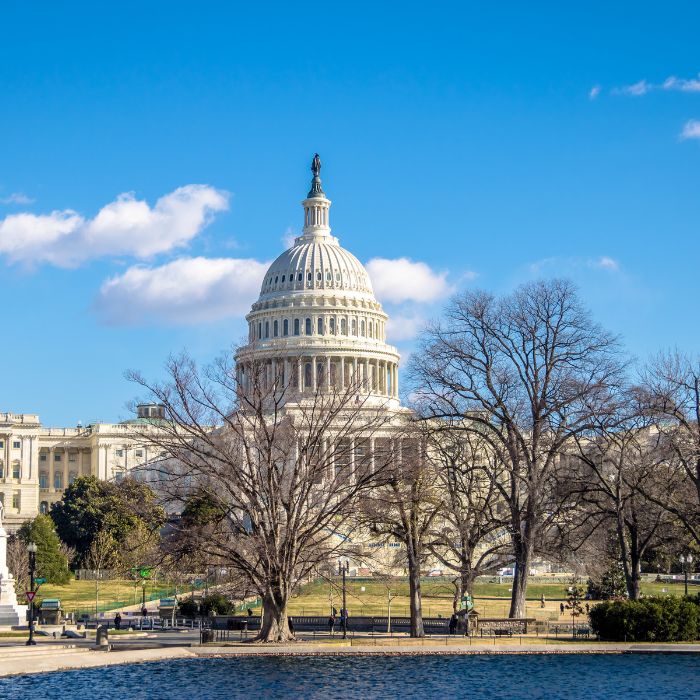
Media mentions
Partner Edward Raleigh highlights the need for companies to prepare for increased H-1B enforcement and ensure compliance with US worker requirements.

Video
In this Mobility Minute, Associate Rebeca Lafond outlines key considerations for international travel to the United States during the holiday season, including documentation requirements, visa processing expectations and enhanced screening on entry.

Media mentions
Partner K. Edward Raleigh explains that the Department of Labor’s Project Firewall expands H-1B oversight beyond individual complaints and increases the scope of employer compliance reviews.

Media mentions
UK Government Affairs Strategy Director Shuyeb Muquit examines how proposed settlement reforms could reshape the path to UK residency by extending qualifying periods and linking eligibility to individual contribution.
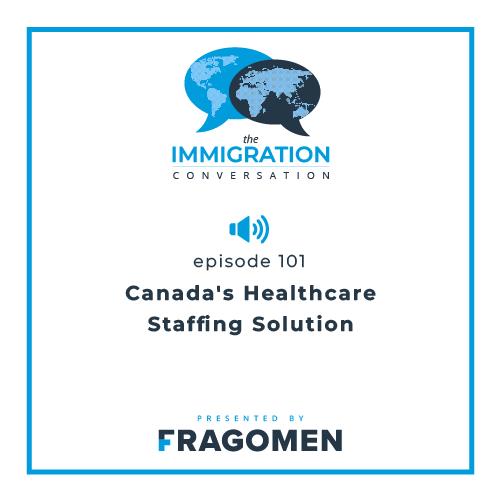
Podcast
Partner Cosmina Morariu and Business Immigration Manager Ayana Ibrahimi discuss critical immigration strategies underpinning healthcare-sector staffing in Canada, unpacking how recent policy, mobility and compliance developments are affecting employers and global talent pipelines.

Awards
Fragomen named Private Client Team of the Year at The British Legal Awards 2025, recognising the strength of our UK Private Client practice.

Media mentions
Partner Daniel Brown highlights rising deceptive practices in immigration and emphasizes stronger verification and compliance measures for employers.
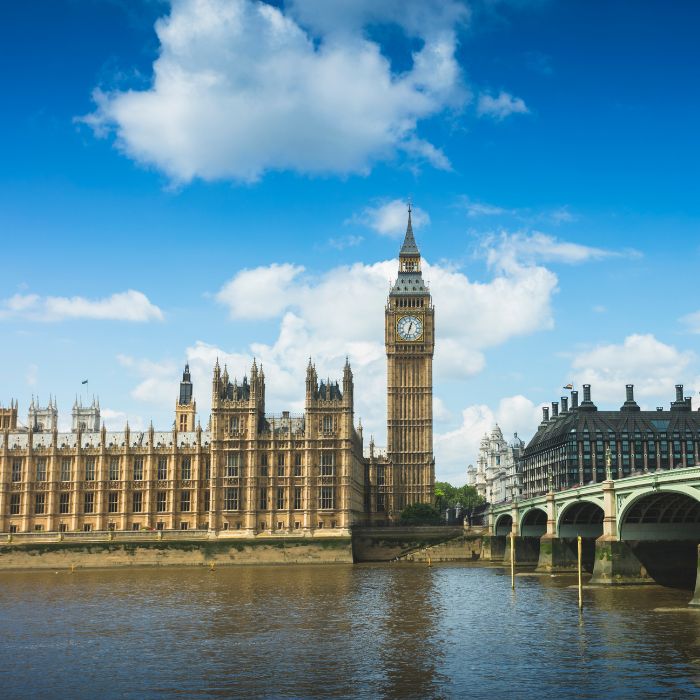
Media mentions
Senior Manager Louise Senior highlights how proposed UK reforms could expand right to work checks across hospitality and reshape compliance for businesses.

Blog post
The UK expands its High Potential Individual (HPI) visa for 2025, broadening eligibility for global graduates and entrepreneurs while introducing new requirements and application caps

Video
The latest Mobility Minute features Manager Alex Hood discussing recent updates to the UK’s High Potential Individual route, including expanded university eligibility, a new annual cap and modernized governance measures.

Media mentions
Managing Partner for the Middle East and Africa Murtaza Khan discusses how the UAE’s flexible migration policies attract talent and support a competitive labour market.

Media mentions
Senior Counsel Mitch Wexler notes that the US expansion of social-media screening to H-1B and H-4 visa applicants will involve a more detailed review of their online activity.

Media mentions
Partner Edward Raleigh highlights the need for companies to prepare for increased H-1B enforcement and ensure compliance with US worker requirements.

Video
In this Mobility Minute, Associate Rebeca Lafond outlines key considerations for international travel to the United States during the holiday season, including documentation requirements, visa processing expectations and enhanced screening on entry.

Media mentions
Partner K. Edward Raleigh explains that the Department of Labor’s Project Firewall expands H-1B oversight beyond individual complaints and increases the scope of employer compliance reviews.

Media mentions
UK Government Affairs Strategy Director Shuyeb Muquit examines how proposed settlement reforms could reshape the path to UK residency by extending qualifying periods and linking eligibility to individual contribution.

Podcast
Partner Cosmina Morariu and Business Immigration Manager Ayana Ibrahimi discuss critical immigration strategies underpinning healthcare-sector staffing in Canada, unpacking how recent policy, mobility and compliance developments are affecting employers and global talent pipelines.

Awards
Fragomen named Private Client Team of the Year at The British Legal Awards 2025, recognising the strength of our UK Private Client practice.

Media mentions
Partner Daniel Brown highlights rising deceptive practices in immigration and emphasizes stronger verification and compliance measures for employers.

Media mentions
Senior Manager Louise Senior highlights how proposed UK reforms could expand right to work checks across hospitality and reshape compliance for businesses.

